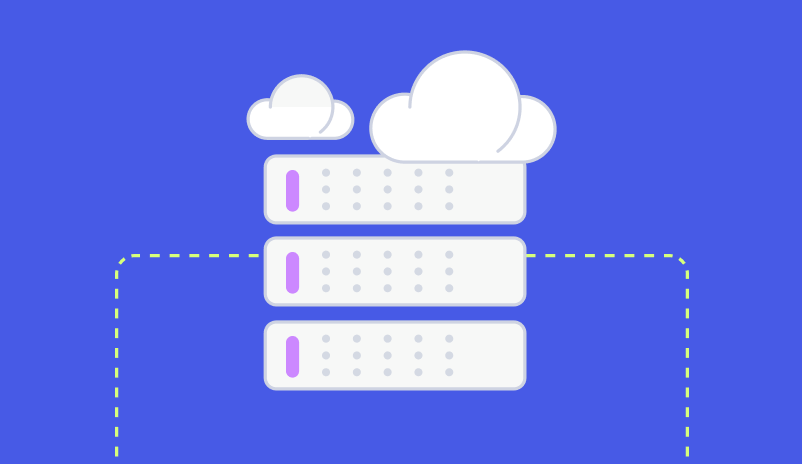Our Origin Story, Part 4: Maximizing revenue with data-driven product recommendations
How product recommendations transformed our email strategy

This is the fourth in a multi-part series of posts highlighting the journey from Scratch-it to where we are today with Zembula Dimensions™.
(Want to know our origin story? Check out Part 1, Part 2 and Part 3 in our series.)
Adding product recommendations to daily emails impacted performance, leading to valuable insights on leveraging customer data for effective personalization.
Building on our success
At this point, we were driving over 11x return on spend with Zembula, and that program was humming along, fully automated, and delivering consistent performance month over month.
Next, we decided to tackle a retail favorite: Product recommendations
Our hypothesis was that adding product recommendations to daily email would perform really well. Other retailers were doing this, so we assumed they must have done a longitudinal audience test over a long time.
As we surveyed more and more enterprise retailers, we quickly realized that assumption was wrong.
Most retailers find longitudinal audience tests challenging and time-consuming, so we built a solution to make these tests easy. (That’s for a different post, which you can find here!)
The first product recommendations test
We set up a standard three-wide, side-by-side product recommendation block in one of our customer’s daily email programs.
With this test, we confirmed that including product recs in daily email to every user negatively impacted the performance of the whole email by over 5%! That’s huge. We dug into this further.
Pattern matching
We remembered a previous test. In that one, we displayed product recommendations in the Smart Kicker whenever there was no other content to show.
With this test, we were surprised to see a negative performance — again.
All of a sudden, the Smart Kicker stopped performing like we’d seen. So we quickly removed new product recommendation banners from the Smart Kicker, and everything returned to performing well. At the time, we didn’t fully understand this lesson until we did the product recommendation block test in the daily email.
Putting two and two together
When we added product recommendations to the Smart Kicker, we realized we essentially ran a test showing product recommendations to customers with no personalization signal.
In other words, we should have had hundreds of use cases in the Smart Kicker that showed personalized content to anyone with a personalization signal. But, by default, we were showing product recommendations in the Smart Kicker to consumers we had no personalization signal for!
This should have stood out to us at the time, but it didn’t until we were confronted by it again.
Don’t guess with personalization – you will be punished
McKinsey personalization research states if you get personalization wrong, it’s worse than no personalization at all.
The correction and a new test for product recommendations
With all these discoveries, we built a new test that used logic — only displaying product recommendations to subscribers we had browse, cart, and purchase data for.
Bam — we had a great result that aligned with our original expectations.
What we learned
You should ensure the level of personalization you deliver is in line with your customer data. If you do it right, you will get the ideal result.
Leveraging data for revenue
After fully automating the top and bottom personalization of daily email, we’ve found the most effective next step in your email program is to deliver active-only product recommendations.
From our Smart Banner and Smart Kicker results, we know creating comprehensive Dimensions such as applying customer loyalty points, BNPL, reviews, etc., to product recommendations will incrementally improve revenue performance further.
While every enterprise retailer’s performance is fundamentally different, we are confident Dimensions will consistently add another 7-12% more in incremental email revenue to your program.
And did we mention it’s fully automated?
The key takeaway: stay curious and keep learning. Your hard-earned customer data hides keys to unlocking revenue and driving engagement.
So what’s next for us? In the final part of this series, see what Zembula’s incubating next.
Subscribe to our newsletter to get the latest Zembula Insights, product updates and more:
Sign up for Insights
Prefer getting your newsletters through LinkedIn? We got you! Sign up for Zembula Insights for LinkedIn here.
Grow your business and total sales




